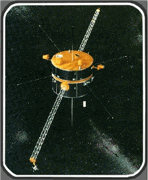Missions & Projects
Alphabetical
By Last Name:
Displaying records 1 to 18 of 18.
Show:
ACE Cosmic Ray Isotope Spectrometer (CRIS)
The Cosmic Ray Isotope Spectrometer (CRIS) measures the abundances of galactic cosmic ray isotopes.
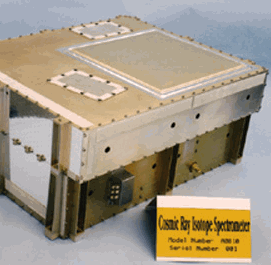
ACE Solar Isotope Spectrometer (SIS)
The Solar Isotope Spectrometer provides isotopically resolved measurements of the elements from lithium to zinc over the energy range 10 - 100 MeV/nucleon. The SIS dectector system consists of two identical telescopes composed of stacks of large-area solid-state detectors.
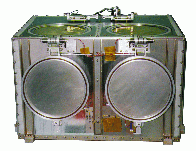
Advanced Composition Explorer (ACE)
The Advanced Composition Explorer (ACE) studies energetic particles from the sun as well as sources within and outside our galaxy. ACE observations contribute to our understanding of the formation and evolution of the solar system as well as the astrophysical processes involved. NASA's Goddard Space Flight Center provided detectors and telescopes for several of ACE's instruments. The mission launched in 1997.
Key Staff
- Project Scientist: Eric Christian

Deep Space Climate Observatory (DSCOVR)
DSCOVR, formerly called Triana, is the first Earth-observing satellite in an Lagrange-1 or L1 orbit. It supports a number of scientific instruments, including EPIC and NISTAR. EPIC (Earth Polychromatic Imaging Camera) is a 10-channel sepctroradiometer that provides daily 13 (in winter) or 22 (in summer) 10 narrow band spectral images of the entire sunlit face of Earth.
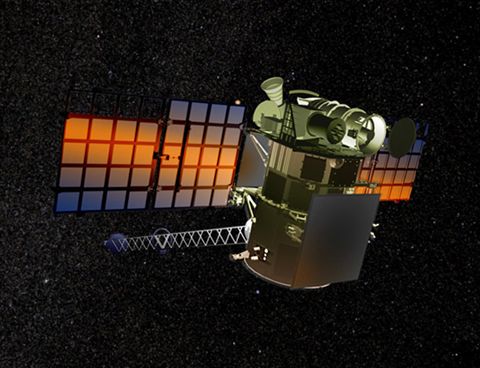
Heliophysics Digital Observatory (HDO)
HDO is a middleware system for supporting heliophysics systems science research.
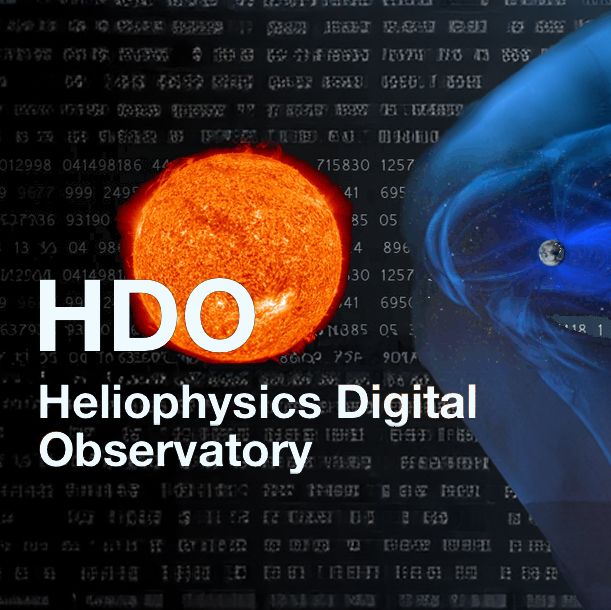
Interstellar Boundary EXplorer (IBEX)
IBEX is the first mission designed to map the entire boundary region at the edge of the solar system. As electrically charged particles from the sun (the solar wind) flow outward beyond the orbits of the planets, they collide with the material between the stars -- the interstellar medium, or ISM. These interactions create energetic neutral atoms (ENAs), fast-moving particles with no charge. This region emits no light that can be collected by conventional telescopes, so IBEX, measures the ENAs that happen to be traveling inward from the boundary. IBEX's sole science objective is to discover the nature of the interactions between the solar wind and the interstellar medium at the edge of our solar system. The mission launched in 2008.
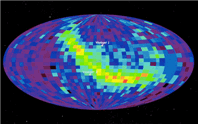
Polar, Wind, Geotail (PWG)
Polar, Wind and Geotail program is a part of the International Solar-Terrestrial Physics (ISTP) Science initiative, combining resources and scientific communities to obtain coordinated, simultaneous investigations of the Sun-Earth space environment over an extended period of time.

Small scale magNetospheric and Ionospheric Plasma Experiment (SNIPE)
SNIPE uses four nanosatellites in a polar orbit at 500 km to study small-scale plasma variations in the ionosphere and magnetosphere, with a focus on measuring electron density, temperature, energetic electron flux, and magnetic fields at high temporal resolution.

Space Physics Data Facility (SPDF)
The SPDF is a project of the Heliospheric Science Division (HSD) at NASA's Goddard Space Flight Center. SPDF consists of web-based services for survey and high resolution data and trajectories.

STEREO In-situ Measurements of Particles and CME Transients (IMPACT)
IMPACT is one of the STEREO mission's four measurement packages whose principal objective is to understand the origin and consequences of coronal mass ejections (CME's).
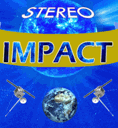
Virtual Energetic Particles Observatory (VEPO)
The Virtual Energetic Particle Observatory (VEPO) serves the heliophysics data user community as a focus group component operating within the domain of the Virtual Heliospheric Observatory (VHO) for improved discovery, access, understandability, and usability of energetic particle data products from selected spacecraft and sub-orbital instruments within the VEPO Data Source Environment.
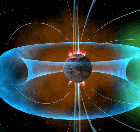
Virtual Heliospheric Observatory (VHO)
The Virtual Heliospheric Observatory (VHO) provides a single point of uniform discovery, access, and use of data about the heliosphere. The VHO accomplishes this goal by uniting a number of distributed repositories for heliospheric data. VHO is a project within NASA's Heliophysics Data Environment and is maintained within the Heliospheric Physics Laboratory at NASA's Goddard Space Flight Center. The VHO utilizes the SPASE data model and provides uniform metadata for heliopheric data sets. A prominent feature of the VHO is the query interface, which provides uniform access to the distributed data sets within VHO. The VHO actively collaborates with the Virtual Energetic Particle Observatory and the Virtual Waves Observatory to enable access to energetic particle and waves data, respectively.

Virtual Magnetospheric Observatory (VMO)
The Virtual Magnetospheric Observatory (VMO) creates a single point of uniform discovery, access, and use of magnetospheric data.

Virtual Space Physics Observatory (VSPO)
The Virtual Space Physics Observatory (VSPO) is an evolving system for making data easily available from all missions relevant to the global problem of the effects of solar particles and fields on the Earth. The VSPO is one of several efforts towards the Living With A Star Data Environment (LWSDE).
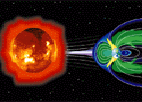
Voyager Cosmic Ray Subsystem (CRS)
The Voyager Cosmic Ray Subsystem (CRS) is designed to exploit to the fullest practical degree the proposed trajectories of Voyager-1 and -2. The significance of these measurements will be greatly enhanced by concurrent measurements with similar particle telescopes on satellites such as the Pioneers, IMPs, and similar series in near-earth orbits.
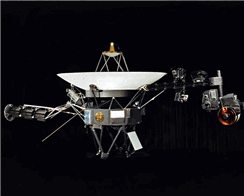
Voyager Magnetometer Experiment (MAG)
The Voyager magnetometers are now a key component of the Voyager Interstellar Mission, collecting measurements of magnetic fields far from the Sun.
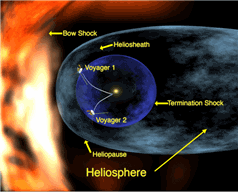
Wind
The Wind mission's goals are to study the magnetosphere and ionosphere and investigate basic plasma processes occurring in the near-Earth solar wind. The Wind spacecraft orbits upstream from Earth in the solar wind, which is the flow of electrically charged particles streaming from the surface of the sun. Wind observes the solar wind before it impacts Earth's magnetic field. The spacecraft was launched in 1994.
Key Staff
- Project Scientist: Lynn Wilson

Wind Magnetic Field Investigation (MFI)
Magnetic Field Investigation (MFI) instrument, onboard the WIND spacecraft, was based on the magnetometers previously developed for the Voyager, ISPM, GIOTTO, and Mars Observer missions which represent state-of-the-art instruments with unparalleled performance.
